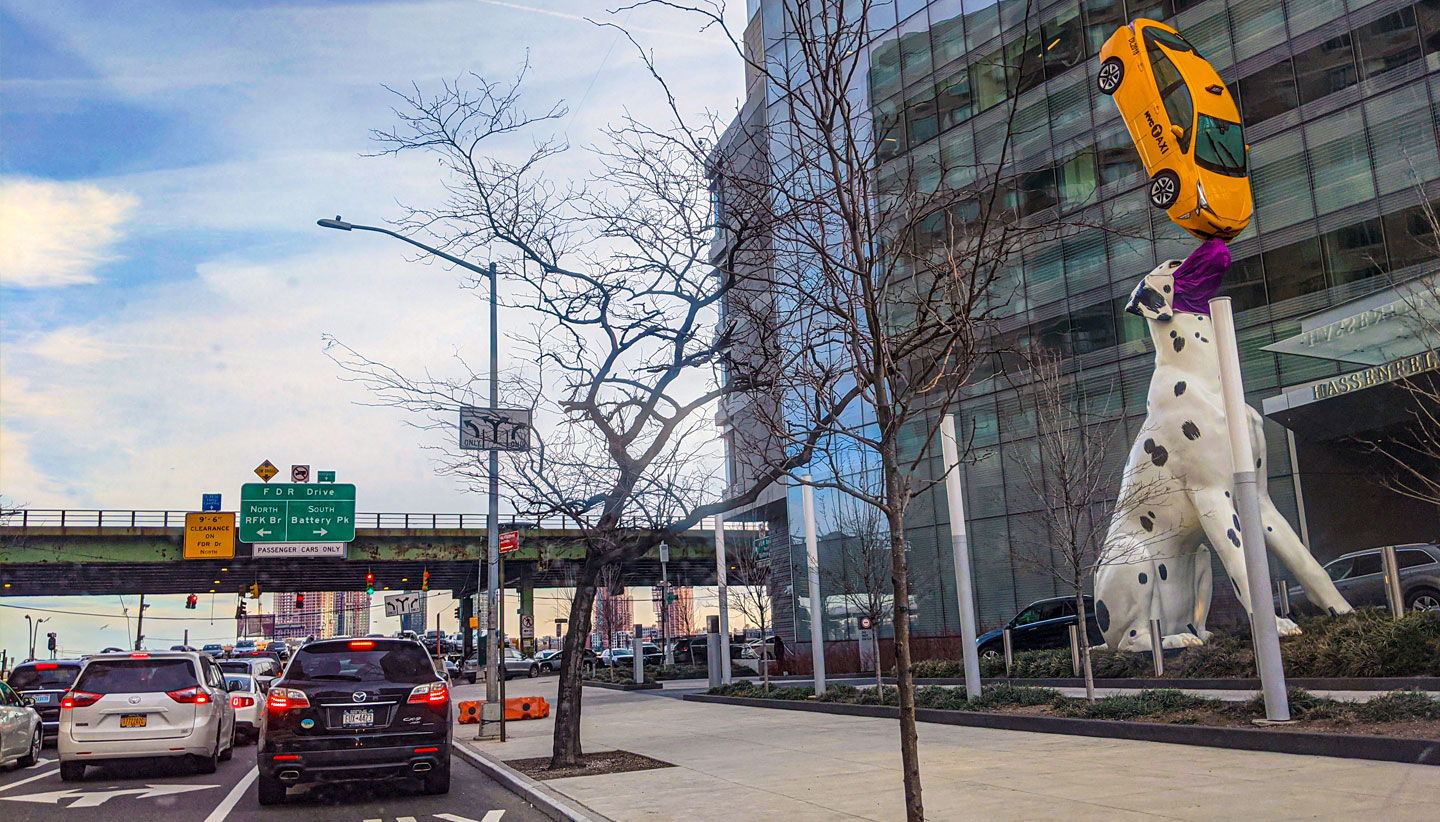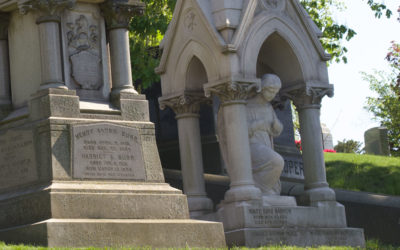Creative Thinking:
Seeking Alternatives and Exploring Possibilities
One general definition of creativity is “the purposeful generation and implementation of a novel idea.” Selling books on-line, now a commonplace event, exemplifies such an idea. So does buying songs singly, as compared with purchasing them bundled as “albums,” which itself was once a new idea. Creativity involves the ability to think of a common idea in an uncommon way, and the ability to take a concept, task, idea, or product and move it in new directions. With creativity, something new and useful is generated, developed, and implemented.
A recent article in Scientific American Mind stresses the importance of keeping an open mind as an essential disposition that facilitates creative thinking. But what does it mean to keep “an open mind?” Generally, an open mind is one in which minimal rules and constraints guide the thinking process. According to recent psychological studies, creative thinking appears to benefit from a lessening of cognitive control—from fewer limitations and guidelines that direct our thinking. Interestingly, and paradoxically however, creative thinking can also be stimulated by an opposite situation, one in which constraints and limitations provoke fresh solutions to problems.
An illustration of how an open mind can stimulate creative thinking involves considering different ways of categorizing objects, as for example, thinking of different uses for an everyday object such as a safety pin, a brick, or a metal clothes hanger. A second and related example is to describe objects in unusual ways, as for example, in terms of features rather than functions, in terms of their elements or aspects rather than according to their primary purpose. And a third way to foster open-minded thinking is to consider how common tasks might be performed in an unconventional or unusual order—preparing a sandwich, for example, in an unconventional way. These and other mental exercises have been found by researchers to stimulate creative thinking in terms of developing what has been called “cognitive flexibility.”
Among the most important aspects of creative thinking is developing a mindset that seeks alternatives, that looks for different ways of understanding a situation, arriving at a judgment, making a decision, solving a problem. In such cases, we frequently try to choose the best solution from a number of options. Often we need to generate the options or possibilities ourselves from which to choose. Cultivating a habit of seeking alternatives and possibilities is an important first step in the process.
Quota of Alternatives
One way to seek alternatives is to establish a quota, an arbitrary number of alternatives to be considered. In deciding on an approach to solving a problem or undertaking a project, for example, it is best not to settle on the first approach that comes to mind. Instead, we should set ourselves a quota—four or five possibilities, perhaps—before deciding on one of them. Similarly, in considering how to implement a chosen approach, we might set a quota of three or four different ways to do so.
The main reason for using a quota strategy to generate possibilities is that it gives us a chance to come up with something better (or at least different) than our initial idea. And in the event that that first thought is actually the best one, we have the comfort of having considered alternatives and found them not as useful. In addition, even if we select the first idea, thinking through other possibilities might influence the way the initial idea is developed, thereby extending or enriching it in an initially unforeseen way.
We can practice applying the quota-of-alternatives technique by considering the following scenario:
Each weekday morning, a woman takes the elevator in her office building to the tenth floor. She gets out there and walks up the sixteenth floor, where her office is located. After work, she enters the elevator on the sixteenth floor and rides down to the first floor. She then exits and heads home.
One possible explanation for the woman’s behavior is that she uses the bathroom on the tenth floor, the only floor between 10 and 16 with bathrooms. Another is that she stops to meet her supervisor, who works on the tenth floor. We can, of course, consider other explanations for the woman’s elevator-riding behavior. To do so, we might set ourselves a quota that includes a few very likely possibilities and some others that are more far-fetched. The idea is to push ourselves beyond the conventional explanations for her behavior, to stretch our imaginations.
APC (Alternatives, Possibilities, Choices)
In his book Serious Creativity Edward de Bono uses the terms “alternatives,” “possibilities,” and “choices” more or less interchangeably. In some cases, one or another of these terms may seem more natural or readily helpful. They mean the same thing, essentially.
Why might it be useful to consider alternatives and different approaches to a question or problem? The main reason is that we often find more and better ideas when we consider such alternatives. It helps us develop our capacity for thinking; it enables us to see more than two “sides”; it pushes us beyond simple and too easily satisfied explanations; it increases our choices and encourages us to see more shades and shadows, to consider issues and ideas, problems and solutions along more of a spectrum of possibilities. In short, this simple tool stretches our thinking beyond what is typical, comfortable, or easy for us. It broadens our perception.
- In two minutes each, describe as many uses as you can for each of the following: a safety pin, a brick, a pencil, a thin flat piece of cardboard 8 ½ x 11 inches.
- Describe an unorthodox way of doing each of the following—that is, reorder the usual steps of the process: making a sandwich; eating a sandwich; cleaning a room; preparing to attend a social event; fulfilling a school or work assignment.
- For each of the following, provide three alternative explanations or approaches.
- Discouraging people from driving their cars into the center of a city.
- Encouraging people to donate money to charity.
- Dealing with a school bully.
- Sustaining interest in a project over a long period of time.
- Meeting deadlines for work projects.
- Set yourself a quota of alternatives for one of the following: improving your salary, saving money, losing weight, increasing the amount of reading or exercise you do.
- Describe the following figures as many different ways as you can. Identify at least five.
Describe the following figures as many different ways as you can.
Broadening Perception
In addition to APC (Alternatives, Possibilities, Choices) Edward de Bono’s thinking tools include others that help broaden our perception, including expanding the possible ways we look at the world. De Bono notes that David Perkins of Harvard University has suggested that most errors of thinking are errors of perception, which is one reason these tools are especially important.
PMI (Plus, Minus, Interesting)
A thinking strategy useful for generating and evaluating ideas is PMI—Plus, Minus, Interesting. This is another of de Bono’s Perception Broadening tools; it encourages us to think beyond our normal binary analysis of pluses and minuses, positives and negatives as we consider an issue. De Bono adds the notion of “interesting,” for aspects of an idea that are neither pluses nor minuses, but are, nonetheless, interesting to think about. This, in itself, is an “interesting” approach.
A perception-broadening tool, PMI is designed to focus attention, first, only on the positive features of a subject, then only on its negative features, and finally on any interesting features (neither positive nor negative ones). Our usual tendency is to bounce back and forth between positive and negative aspects, and not even to consider anything else—“interesting” features, for example. PMI can enable the discovery of “interesting” aspects of a problem or situation, especially if we preface the search for them with words such as, “It is interesting to consider” ….. OR: “I wonder whether …..”
While doing a PMI, a number of things can happen. We may change our minds about a subject or idea. We may retain our original feeling about it. We might generate new ideas after considering the “interesting” aspects.
In doing a PMI it is important to think in one direction at a time—first all the pluses; then all the minuses; and last the “interesting” notions. And then a further push to consider other “interesting” aspects of the topic.
Exercise
Do a PMI on one of the following proposals:
- Children should be paid to attend school.
- Teachers should be rewarded financially for successful student performance.
- Schools should be open year round, but on a four-day school week.
- US Presidents should be able to serve a single six-year term and only one such term.
- US Supreme Court Judges should have a ten-year term limit.


Robert DiYanni
Author ⪢ | Professor ⪢ | Consultant ⪢
Robert DiYanni is a professor of humanities at New York University, having served as an instructional consultant at the NYU Center for the Advancement of Teaching and Center for Faculty Advancement. For these centers he conducted workshops and seminars on all aspects of pedagogy, consulted with faculty about teaching concerns, visited and observed classes, and provided a wide range of pedagogical consultative services. Professor DiYanni serves on the faculties of the School of Professional Studies and the Stern School of Business at NYU. He earned his undergraduate degree in English from Rutgers University, attended a Master of Arts in Teaching program at Johns Hopkins University, and received a Ph.D. in English Language and Literature from the City University of New York Graduate Center.
In addition to his work at NYU, Dr. DiYanni has taught at City University of New York, at Pace University, and as a Visiting Professor at Tsing Hua University in Taiwan and at Harvard University. As a high school teacher for four years and a college professor for more than four decades, Professor DiYanni has taught students from eighth grade through doctoral candidates. Most of his teaching, however, has been with college and university undergraduates. His numerous workshops, offered in more than twenty countries, have been attended by secondary school teachers and administrators, as well as by undergraduate college and university faculty and administrators.
Dr. DiYanni has written and edited numerous textbooks, among them, Literature: An Introduction; The Scribner Handbook for Writers (with Pat C. Hoy II); Arts and Culture: An Introduction to the Humanities, (with Janetta Rebold Benton), the basis for a series of lectures given at the Metropolitan Museum of Art; and Modern American Poets: Their Voices and Visions, which served as a companion text for the PBS television series Voices and Vision, which aired in the late 1980s.
You may also want to read these…
Comparing Poems
Comparison is one of the best ways of teaching anything; it is especially useful for reading and teaching…
The Widow of Ephesus
Once there was a certain married woman in the city of Ephesus, whose faithfulness to her husband…
Villanelle Variations
“I learn by going where I have to go,” writes Theodore Roethke in “The Waking.” “The art of losing…



